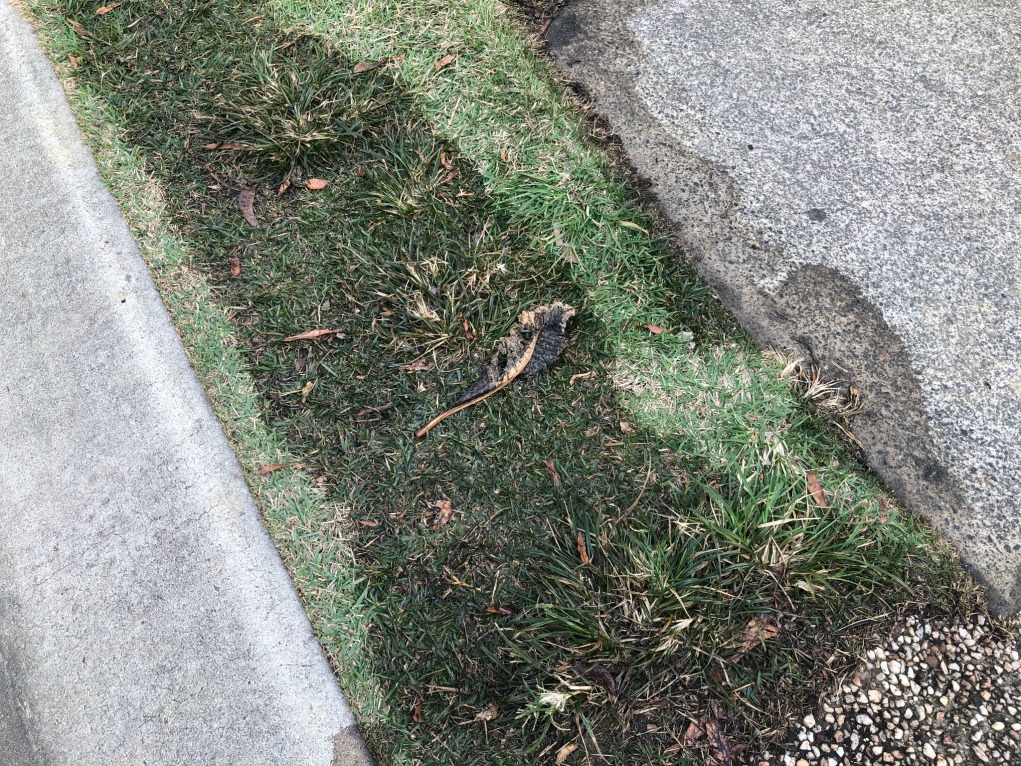They are making a few great annotation on Locating water leaks overall in this post beneath.

Early discovery of dripping water lines can reduce a possible calamity. Apart from conserving you cash, it will minimize the worry and aggravation. The minute you find a leak, calling your plumber for fixings is the very best option. However, some tiny water leakages may not be visible. If you can not detect it with your naked eyes, right here are some hacks that aid.
1. Examine the Water Meter
Every house has a water meter. Inspecting it is a surefire manner in which helps you uncover leaks. For beginners, shut off all the water resources. Guarantee no person will flush, use the tap, shower, run the cleaning maker or dishwashing machine. From there, most likely to the meter and watch if it will certainly transform. Given that no person is using it, there must be no activities. If it moves, that shows a fast-moving leakage. If you find no changes, wait a hr or 2 and examine back again. This implies you might have a slow-moving leakage that might also be underground.
2. Inspect Water Consumption
Assess your water expenses as well as track your water consumption. As the one paying it, you should discover if there are any type of discrepancies. If you identify sudden changes, despite your intake being the same, it indicates that you have leakages in your plumbing system. Remember, your water bill must fall under the same array every month. A sudden spike in your expense indicates a fast-moving leak.
A stable rise every month, also with the very same behaviors, reveals you have a slow leakage that's additionally gradually intensifying. Call a plumber to completely examine your home, especially if you really feel a cozy area on your flooring with piping beneath.
3. Do a Food Coloring Test
When it comes to water usage, 30% comes from commodes. If the shade in some way infiltrates your bowl throughout that time without flushing, there's a leak between the storage tank and bowl.
4. Asses Exterior Lines
Do not neglect to examine your outside water lines also. Test spigots by connecting a yard hose pipe. Must water seep out of the connection, you have a loosened rubber gasket. Replace this and also guarantee all connections are limited. It will certainly aid get it properly took a look at and kept each year if you've got a sprinkler system. One little leak can lose tons of water and spike your water costs.
5. Analyze the situation and check
House owners must make it a habit to check under the sink counters and also also inside cabinets for any bad odor or mold development. These 2 warnings show a leak so punctual interest is required. Doing regular evaluations, also bi-annually, can conserve you from a significant trouble.
Check for stainings and also damaging as most pipes and also appliances have a life expectations. If you suspect leaking water lines in your plumbing system, don't wait for it to rise.
Early detection of leaking water lines can alleviate a prospective catastrophe. Some small water leakages may not be noticeable. Inspecting it is a surefire means that aids you discover leakages. One little leak can throw away bunches of water and also surge your water expense.
If you believe leaking water lines in your plumbing system, don't wait for it to rise.
WARNING SIGNS OF WATER LEAKAGE BEHIND THE WALL
PERSISTENT MUSTY ODORS
As water slowly drips from a leaky pipe inside the wall, flooring and sheetrock stay damp and develop an odor similar to wet cardboard. It generates a musty smell that can help you find hidden leaks.
MOLD IN UNUSUAL AREAS
Mold usually grows in wet areas like kitchens, baths and laundry rooms. If you spot the stuff on walls or baseboards in other rooms of the house, it’s a good indicator of undetected water leaks.
STAINS THAT GROW
When mold thrives around a leaky pipe, it sometimes takes hold on the inside surface of the affected wall. A growing stain on otherwise clean sheetrock is often your sign of a hidden plumbing problem.
PEELING OR BUBBLING WALLPAPER / PAINT
This clue is easy to miss in rooms that don’t get much use. When you see wallpaper separating along seams or paint bubbling or flaking off the wall, blame sheetrock that stays wet because of an undetected leak.
BUCKLED CEILINGS AND STAINED FLOORS
If ceilings or floors in bathrooms, kitchens or laundry areas develop structural problems, don’t rule out constant damp inside the walls. Wet sheetrock can affect adjacent framing, flooring and ceilings.
https://www.servicemasterbyzaba.com/blog/how-to-detect-water-leakage-in-walls/

Do you enjoy more info about Locating water leaks? Create feedback down below. We will be pleased to know your thinking about this blog. Hoping that you come back again soon. Are you aware of anybody else who is excited about the topic? Be sure promote it. Thank-you for going through it.